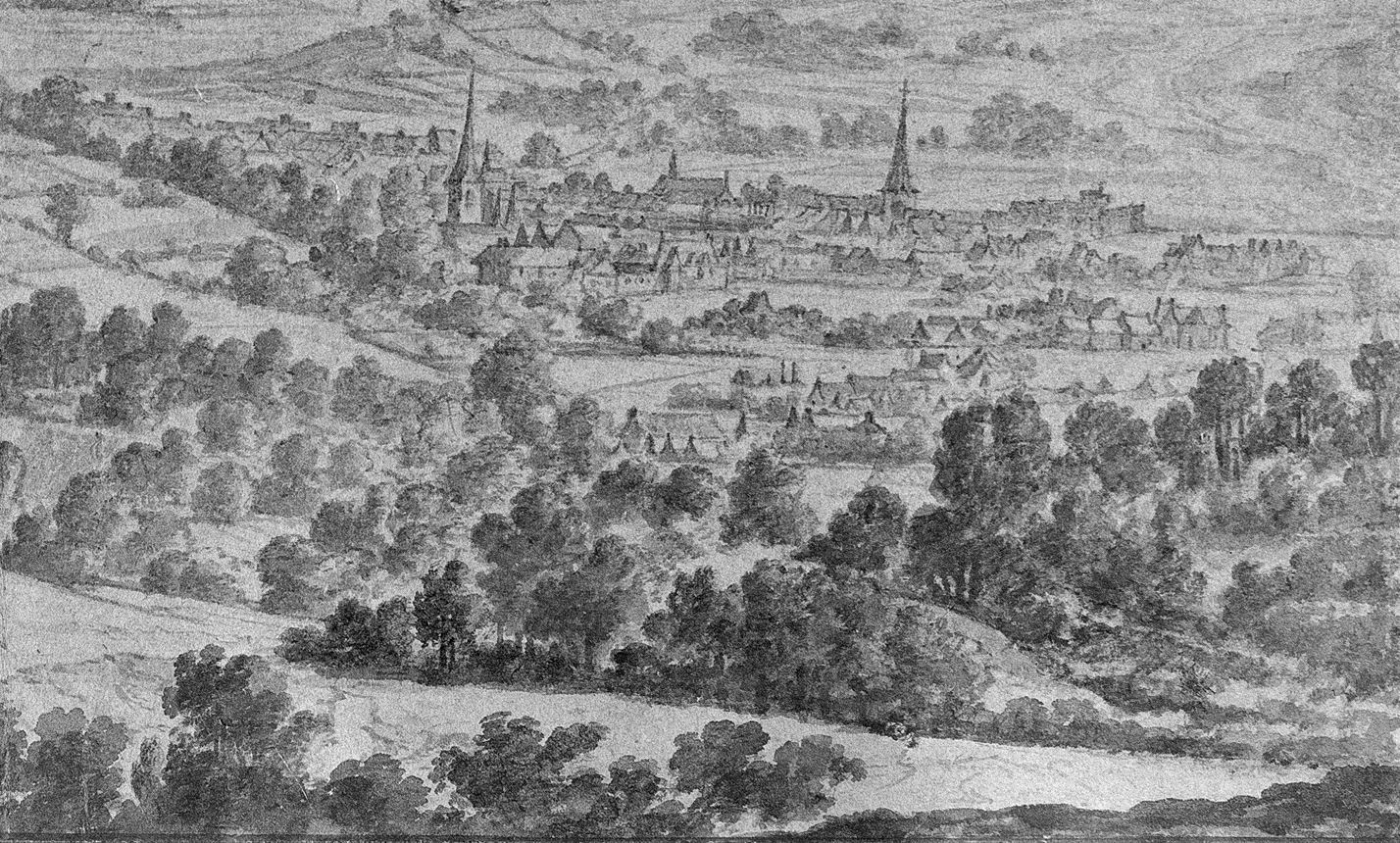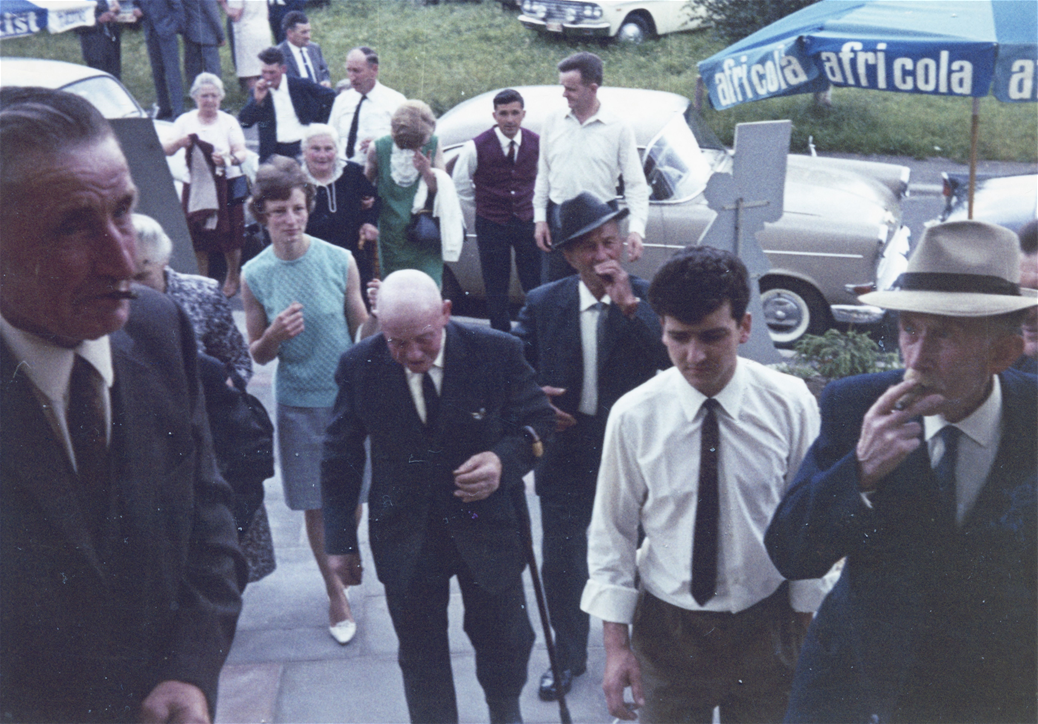In this picture we see a group of pensioners from Mürringen at the end of the 1960s. At that time the KLJ (catholic rural youth group) Mürringen organised – once a year – the so-called ‘excursion for seniors’. There was great demand, as the senior citizens at that time were usually not car owners. People therefore volunteered to be the drivers. They drove the pensioners in their private cars in a convoy to selected destinations in the vicinity for excursions, where there were interesting things to see or experience. A joint lunch and dinner as well as ‘coffee’ were of course part of the programme.
It is striking that all the gentlemen smoke. They are thus part of a four-hundred-year tradition of tobacco consumption that has shaped the history of Europe. Shipment centres for tobacco products and new trade flows emerged. Smoking also changed the way people got together and gave the little man a second affordable stimulant alongside alcohol. It is only in the last few decades that we have become increasingly aware of the darker side of tobacco consumption: addiction, disease and environmental destruction through tobacco cultivation.
In the picture of pensioners from Mürringen, however, only the older gentlemen smoke. The younger ladies do not. Women acquired their love of cigarettes quite late. It was not until the interwar period that women began to consume tobacco in larger cities. Before that, smoking cigarettes was reserved for men only. The consumption of a ‘man’s product’ and the political emancipation of women in the cities – such as the introduction of female suffrage and the first feminist movements – in the interwar period thus coincide. In the Eifel, tobacco consumption remained a male domain for much longer. Social acceptance of women smoking did not increase before the 1970s.
While the harmful effects of tobacco on health were still largely unknown until the 1950s and up to 88 percent of men smoked in Germany, from the 1970s onwards, a younger generation became increasingly aware of how dangerous the consumption of tobacco actually is.
The history of tobacco is therefore also a history of prohibition. Especially in recent years, there have been massive attempts to fight against the harmful smoke. Since 1 January 2010, the entire catering industry in Belgium has been smoke-free. Smokers are sent outside the door. Likewise, smoke has been banned from the workplace and many public places, and tobacco taxes have been raised again and again. This has had positive consequences: now, only 22 percent of the Belgian population are smokers. However, 16.5 percent of young people between 15 and 24 still smoke. The number of smokers also give an indication of our social structure: people with a lower degree are still twice as likely to be smokers as people with a university degree. Likewise, men are far more likely to light up than women are. The sales figures of the tobacco companies are clear: worldwide, sales are stagnating or already falling, and, especially in Europe, tobacco smoke is gradually disappearing into thin air.

